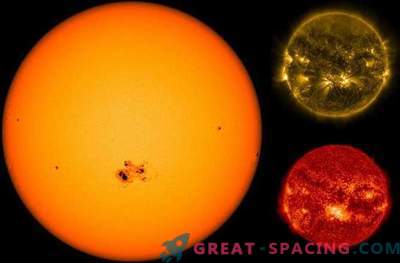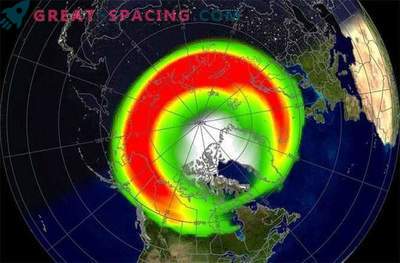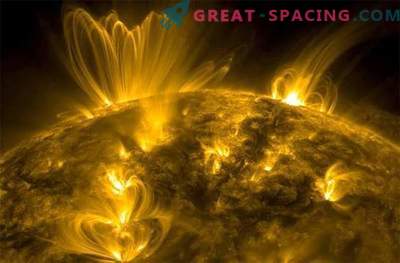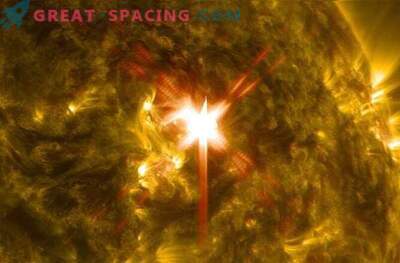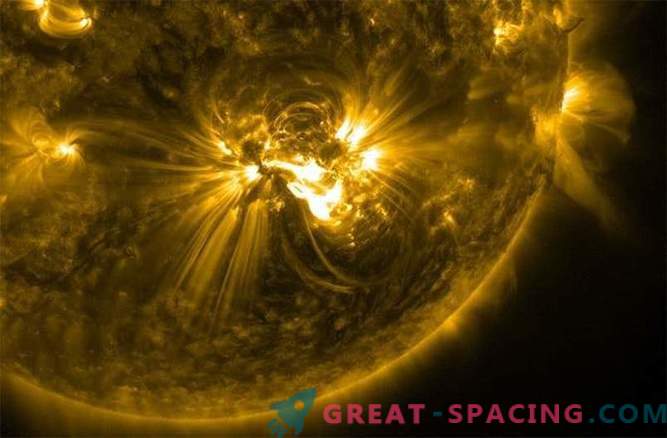
Last night, the active area AR2192 broke out with a new outbreak of the X-class aimed at Earth. This is the second powerful eruption in the last 24 hours, which was launched by a huge sunspot. Yesterday’s recorded flash is classified as X1 on the Richter scale. This is the most powerful flash class. However, yesterday’s outbreak was weaker than the one that occurred on Friday. Due to the outbreak of class X3, which occurred on Friday, radio interference was recorded on the day side of the Earth, but again, yesterday's flash did not generate a significant coronal mass ejection.
During intense solar activity, the Sun affects the Earth in different ways. When a flare occurs in the lower corona of the Sun, the generated radiation can lead to extreme ionization in the upper atmosphere, preventing the propagation of high-frequency radio waves, thereby interfering with the global communications network.
Along with the extinction of the effects of the X-class outbreak, scientists began to observe the AR2192 region to note possible coronal mass ejections. Coronal mass ejections are magnetic bubbles of high-energy particles that are emitted by the Sun into open space. They require from several hours to several days to reach the Earth, but their influence on the magnetosphere of our planet can be disastrous. However, yesterday’s outbreak did not trigger a coronal mass ejection. In fact, none of the dozens of outbreaks caused by AR2192 produced a coronal mass ejection.
Although coronal mass ejections and flares are believed to be caused by a common phenomenon (magnetic reconnection in the lower corona), they are not necessarily formed simultaneously. An outbreak can occur without coronal mass ejection and vice versa.
Needless to say, space forecasters will continue to study this huge spot (the largest of the observed sunspots in the last 24 years) until it leaves our field of view.
